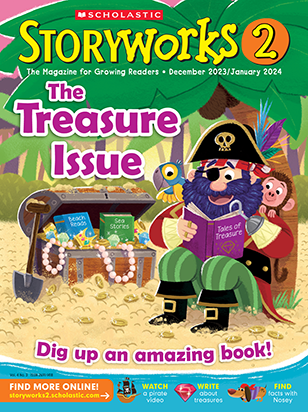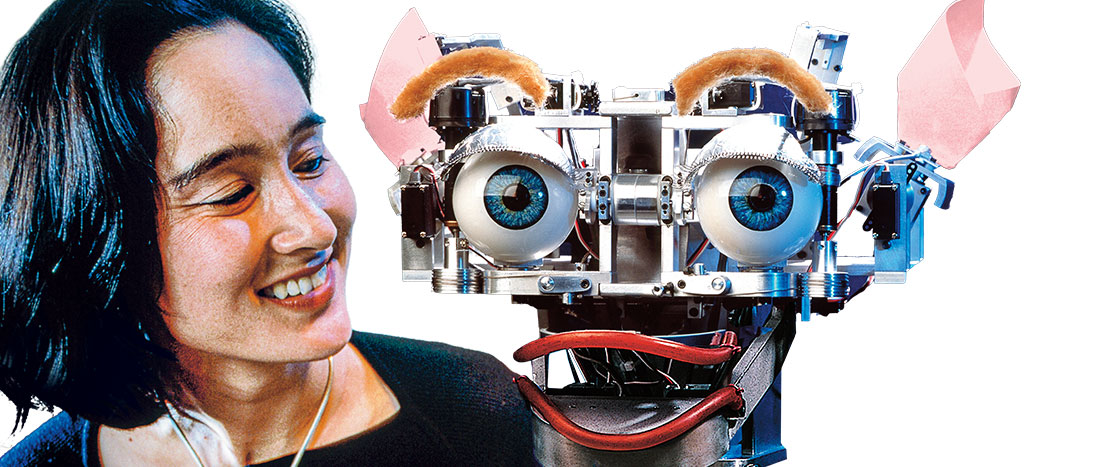COURTESY CYNTHIA BREAZEAL
Here is Cynthia in first grade.
When Cynthia was a kid, she saw a movie that changed her life.
It was a new movie called Star Wars. There was a cute robot in the movie called R2-D2.
Cynthia fell in love with R2-D2. “He was like a friend,” she says. “A friend who could help people and go on adventures with them!”
Could she make a robot like that? Cynthia wanted to try.
She went to college to become an engineer. Engineers build machines that solve problems.
After college, Cynthia went to learn from a professor who built robots. She helped him make a new kind of robot. The robot could move like an insect. They were hoping that it could help scientists explore a planet like Mars one day!
The robot was cool. But it was not a friend.
Cynthia saw the movie Star Wars when she was a kid. She loved the robot R2-D2 in the movie. Cynthia wanted to try to make a robot like R2-D2. She went to college to learn how to build robots. Later, she made her first robot.
When Cynthia Breazeal (bruh-ZIL) was a kid, she saw a movie that changed her life.
The movie, called Star Wars, featured an adorable robot called R2-D2.
Cynthia fell in love with R2-D2. “He was like a friend,” she remembers. “A friend who could help people and go on adventures with them!”
Could she create a robot like that? Cynthia wanted to try.
She went to college and studied to become an engineer. Engineers build machines that solve problems.
After college, Cynthia went to learn from a professor who built robots. She helped him make a new kind of robot that could move like an insect. They were hoping that it could help scientists explore a planet like Mars one day!
The robot was cool, but it was not a friend.

